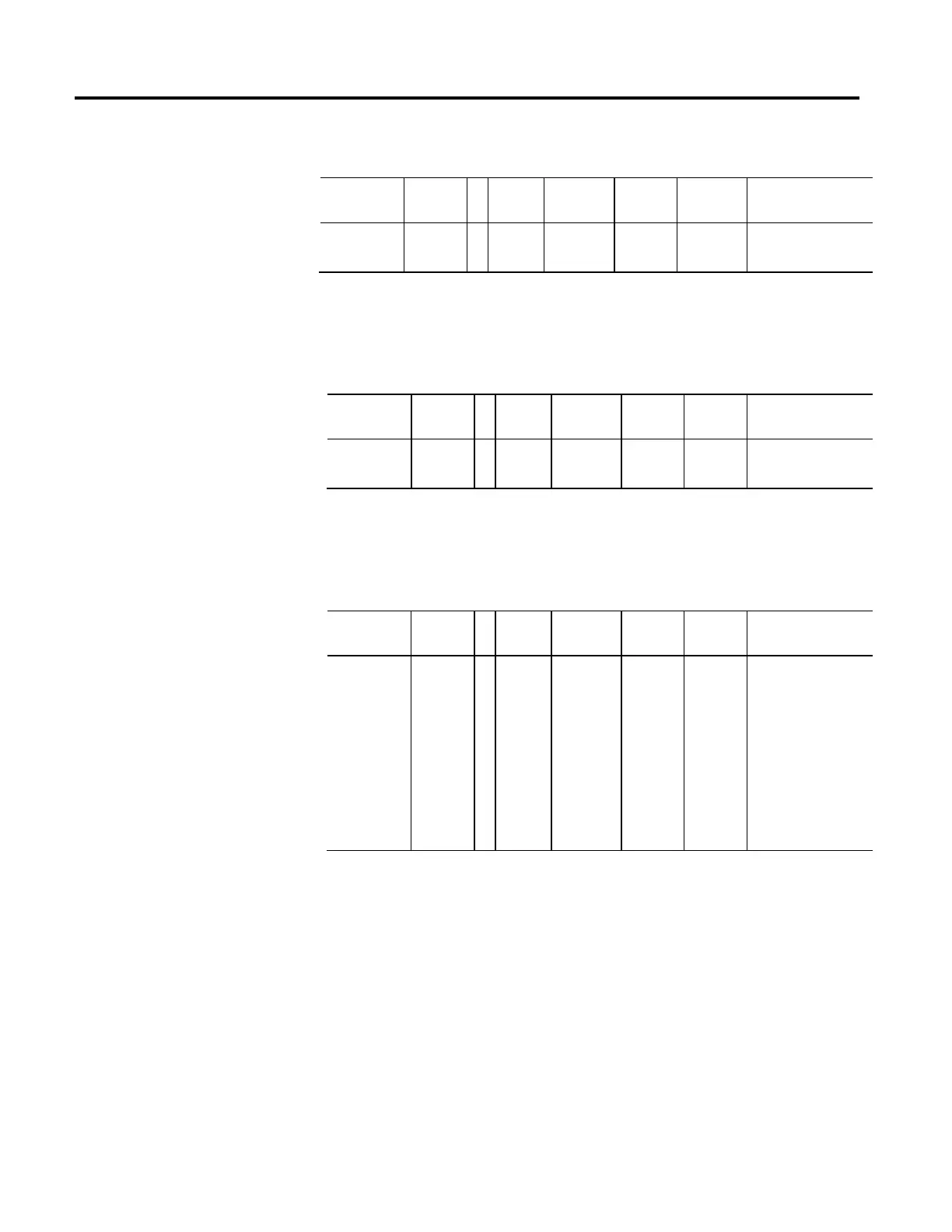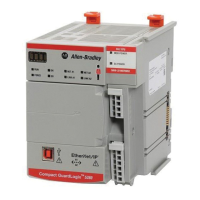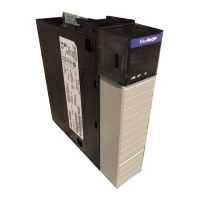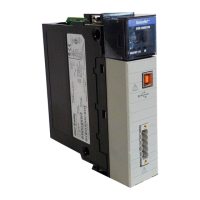230 Rockwell Automation Publication MOTION-RM003I-EN-P - February 2018
Velocity Integrator Output
Usage Access T Data
Type
Default Min Max Semantics of Values
Required - PV Get/GSV T REAL - - - Accel Units
Output of velocity integrator representing the contribution of the velocity
integrator to Velocity Loop Output.
Velocity Loop Output
Usage Access T Data
Type
Default Min Max Semantics of Values
Required - PV Get/GSV T REAL - - - Accel Units
Output of velocity forward path representing the total control effort of the
velocity loop.
Velocity Limit Source
Usage Access T Data
Type
Default Min Max Semantics of Values
Optional- PV Get/GSV T DINT - - - Enumeration:
0 = Not Limited
1 = Positive Limit
2 = Negative Limit
3 = Bus Overvoltage Limit
4 = Max Extended Speed
Limit
5 - 127 = (Reserved)
128 – 255 = Vendor
Specific
The Velocity Limit Source attribute is an enumerated value that specifies the
source of the operative velocity limit.
Velocity Limiter Extensions
Permanent magnet (PM) motor applications sometimes require drives to provide
extensions to the velocity limiter function to protect the drive electronics and
motor from potentially destructive overspeed conditions when operating at speeds
above the motor's rating. The Velocity Limiter serves to protect the drive and
motor when applied in these high speed applications.

